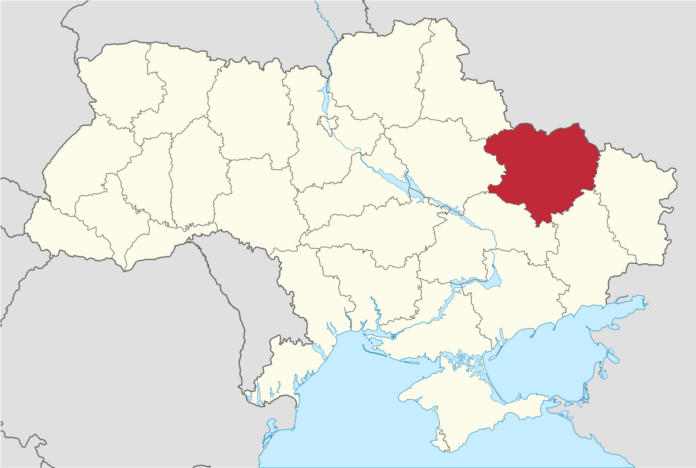On Monday, Russia intensified its attacks on Kharkiv, Ukraine’s second-largest city. The aggression led to significant damage, including a Russian missile strike that destroyed a 240-meter television tower, causing widespread disruption to communication channels. The attack forms part of a broader strategy to render Kharkiv, a city of 1.3 million people and merely 30 kilometers from the Russian border, uninhabitable.
The devastation in Kharkiv is alarming, with President Volodymyr Zelenskyy reporting to U.S. President Joe Biden that the intent behind these strikes is clear: to make Kharkiv a ghost town. Zelenskyy’s comments underline the gravity of the situation as the city faces relentless bombardment.
Russian officials, including Foreign Minister Sergei Lavrov, have indicated that establishing Kharkiv as a demilitarized zone is crucial for pushing back hostilities from Russian territories. Lavrov’s statements point to strategic military objectives, referring to the establishment of what he terms a “sanitary zone.”
The international community views these declarations with skepticism. Russian state media and government spokespeople, such as talk-show host Vladimir Solovyov, have even articulated chilling strategies that involve clearing the city “quarter by quarter” and providing residents brief windows to evacuate before potentially lethal force is employed. Such strategies highlight the harsh realities of the tactics being considered, marking an aggressive shift in Moscow’s approach to the conflict.
On the ground, the situation remains dire. Local officials, including regional governor Oleh Synehubov, report ongoing damage to infrastructure, including power facilities, exacerbated by Russia’s focus on crippling Ukraine’s energy grid. Despite these challenges, there have thankfully been no immediate casualties reported from the latest strikes, due in part to timely evacuations.
The damage to Kharkiv’s infrastructure is substantial. The Service for State Special Communications confirms that the television tower’s structure was compromised by what appears to have been a Kh-59 cruise missile strike. Efforts are underway to restore the digital television signal, critical for maintaining communication and the flow of information to residents.
Kharkiv’s proximity to the border makes it a strategic target for Russian forces, and its significance is magnified by the ongoing military and psychological strategies employed by both sides. As Russian forces increase their offensive, the Ukrainian defense faces heightened pressure, particularly with dwindling air defense capabilities amid a backdrop of international calls for support and reinforcement for Ukraine.
The broader implications of the conflict in Kharkiv reflect the intense and brutal nature of modern warfare, where civilian infrastructure and morale are directly targeted to achieve military and psychological objectives. The international community continues to watch closely, as developments in Kharkiv could dictate the future dynamics of the Ukraine-Russia conflict, impacting regional stability and international relations.
As the situation develops, the resilience of Kharkiv’s citizens and the strategic responses from Ukrainian and international forces will be critical in determining the outcome of this distressing chapter in Ukraine’s history. The city’s fate hangs in the balance as it withstands one of the most challenging periods in its existence, emblematic of the broader struggle facing the nation.
Map is a map of Ukraine. On the map, the location highlighted in red represents the city of Kharkiv.
Image is licensed under the Creative Commons Attribution-Share Alike 3.0 Unported license and was created by TUBS.








